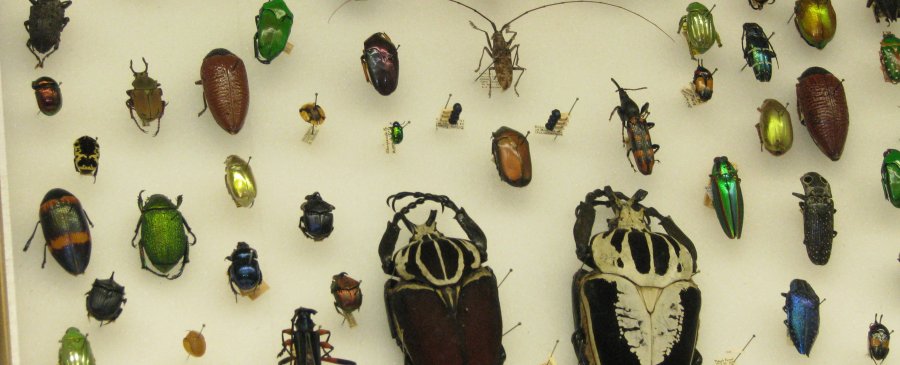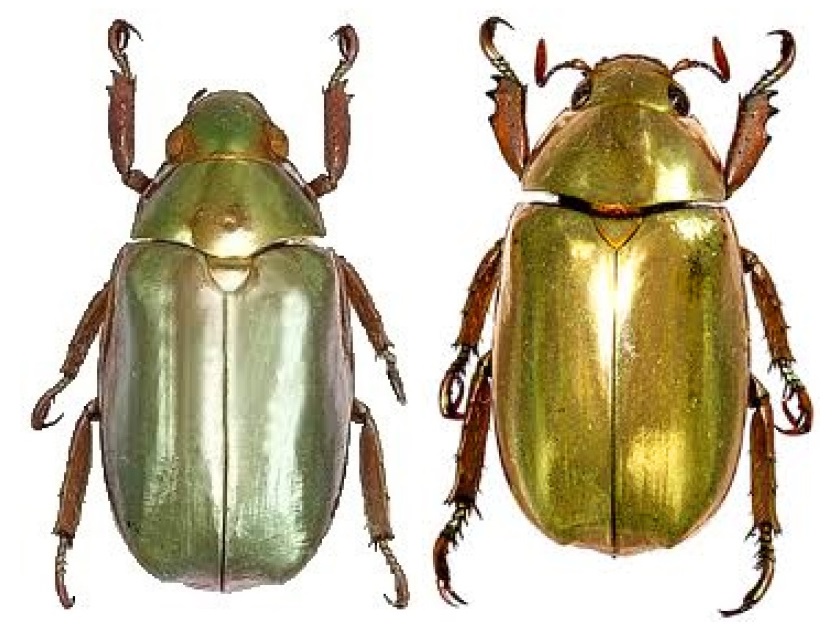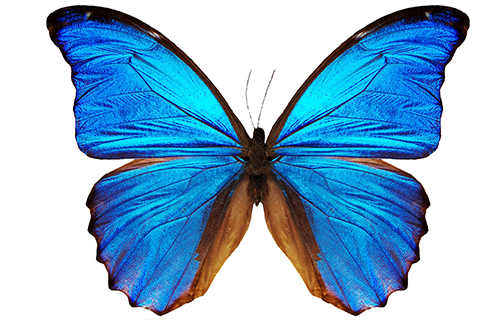Social media and science education are not two phrases that often intersect. However, here at the Smithsonian Science Education Center we are working on digital initiatives to help provide new types of teacher resources through various social media channels. Since the SSEC's mission is to improve the learning and teaching of science for all students in the United States and throughout the world, going digital is a great way to enhance our print resources and reach more people. Social media platforms can provide teachers a multitude of resources and guides to teach various materials.




